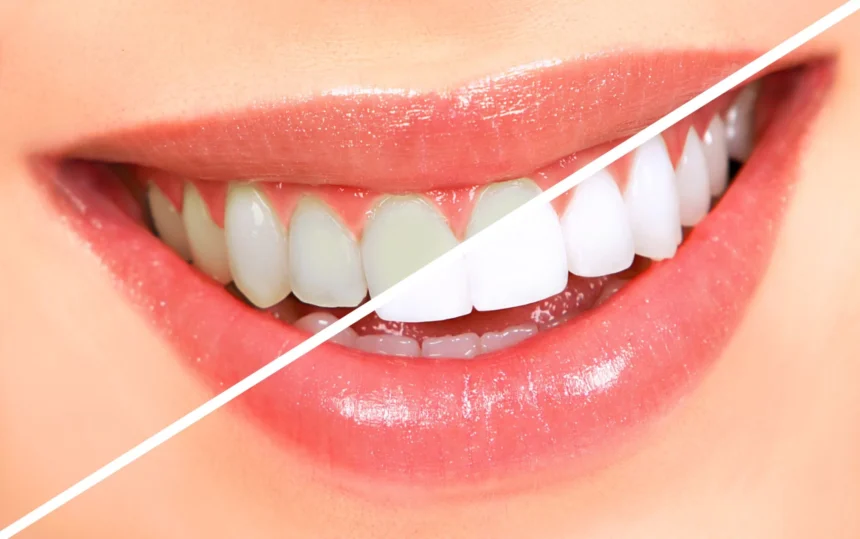Achieving bright, white teeth can be challenging, as numerous options provide varying results. There are practical ways to whiten teeth that fit varying preferences. By exploring these methods, you’ll find one that aligns with your goals and lifestyle. Here’s what teeth whitening approaches work and what doesn’t:
Amorphous Calcium Phosphate
Amorphous calcium phosphate (ACP) is a widely recognized option for maintaining teeth’s brightness. When applied, it binds to the enamel, filling in microscopic cracks and strengthening the tooth’s surface. The benefits extend beyond aesthetic appeal since it also reduces sensitivity in many cases.
Found in toothpaste and professional-grade treatments, ACP gradually enhances the natural appearance of teeth. Its accessibility through over-the-counter products may make it approachable. Additionally, incorporating it into a daily routine can be a practical approach. Start small; even brushing with an ACP-based toothpaste contributes significantly. It may last longer than at-home kits.
Activated Charcoal Method
Activated charcoal is a typical natural alternative for those seeking to whiten their teeth. Made from finely ground charcoal, it promises to absorb impurities and surface stains through a unique binding process. Though using charcoal may seem unconventional, many find it effective for surface-level whitening.
Using activated charcoal involves directly applying it to a toothbrush for brushing. Some also prefer pre-made charcoal toothpastes, which provide a more palatable experience. Being gentle when brushing will avoid unnecessary abrasion to your enamel. While the process may take longer than other options, persistence shows promise for visible results.
Baking Soda Approach
Baking soda, a staple in many households, doubles as a natural teeth whitening agent. Slightly abrasive, it gently polishes the enamel while effectively removing surface stains. Incorporating a small amount with water creates an affordable, simple paste to use a couple of times a week.
Additionally, some toothpaste brands already include baking soda in their formula. Whether by itself or in pre-packaged options, the effect remains consistent. Sticking to a moderate schedule helps protect the enamel during whitening efforts.
At-Home Whitening Kits
For those who appreciate convenience, at-home whitening kits are an ideal choice. These kits, designed for ease of use, often include whitening strips, gels, or trays. Many contain ingredients, such as hydrogen peroxide, that may lift tough stains and enhance brightness over several uses.
While the results vary from kit to kit, most produce noticeable improvements within weeks. Following the provided instructions closely is key to achieving the most successful outcomes. These kits are ideal for people seeking flexibility.
UV Light Technology
One of the more modern options, UV light whitening, combines innovation with practicality. Often paired with whitening gels, UV light accelerates the bleaching process, yielding results within significantly shorter timeframes. Some at-home kits include mini UV light devices for an elevated approach to self-care.
Though primarily available in professional settings, selecting at-home versions brings similar results over time. It’s the ideal solution for those who prioritize noticeable outcomes while remaining time-conscious. Combining UV technology and whitening gel offers a balanced, modern approach to achieving a brighter smile.
Explore Teeth Whitening Options That Work
Teeth whitening options exist to suit a variety of preferences, needs, and lifestyles. Whichever method resonates most with you, consistency and moderation remain central to visible results. Explore different approaches to discover what feels manageable for your routine. Schedule an appointment with a dentist for teeth whitening results that last longer.





